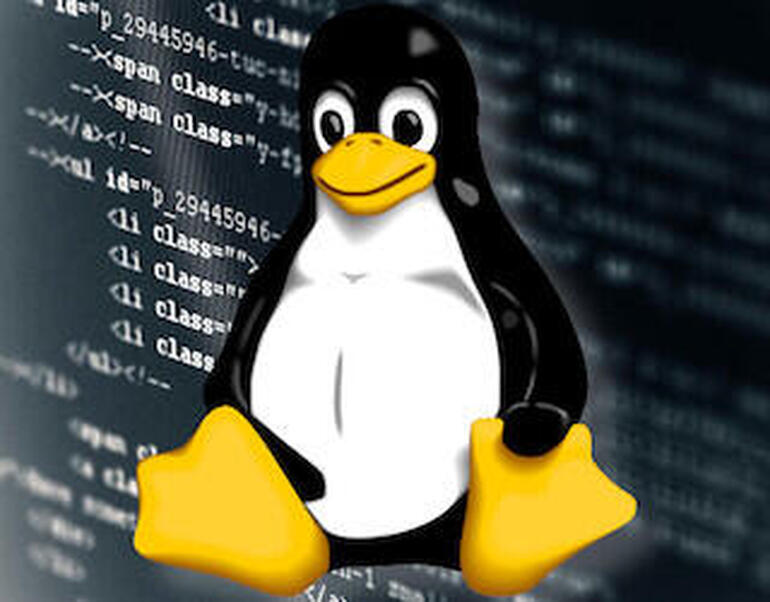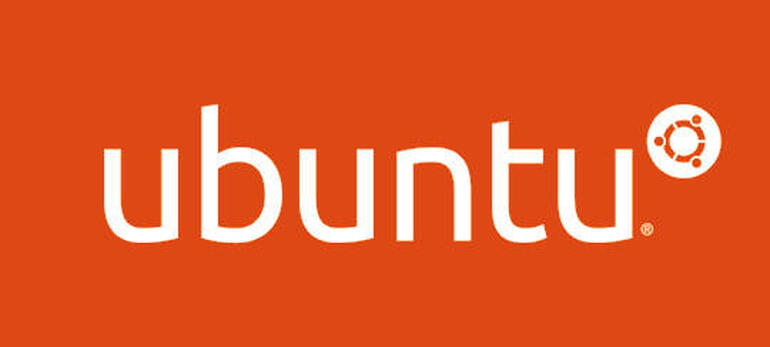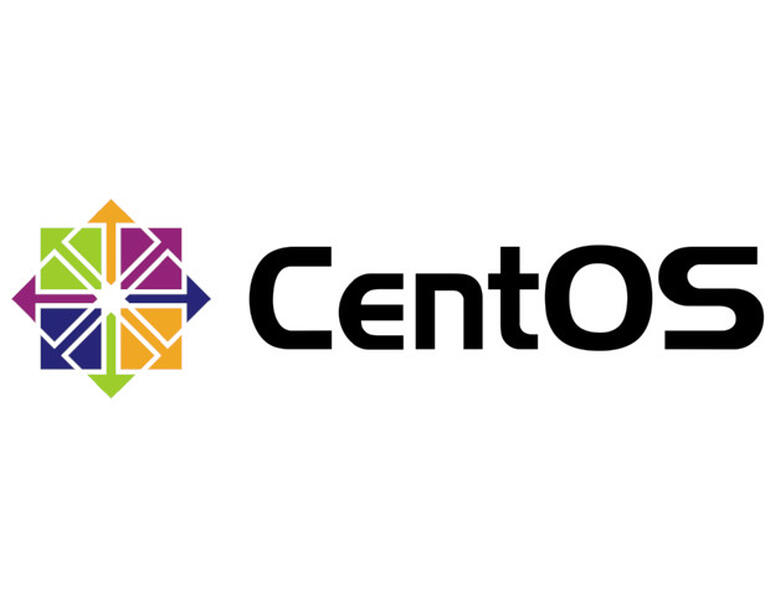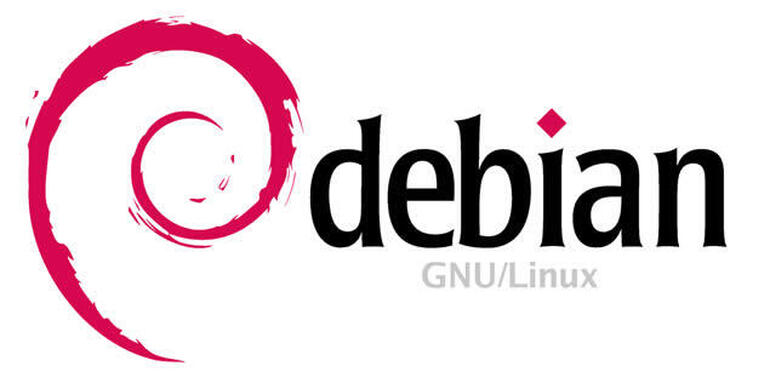Jack Wallen offers up his list of best servers for 2020, any of which would be a great platform for your business needs.

Image: Jack Wallen
Let the yearly wrap-ups begin! Thanks to COVID-19, we’ll start them out just a wee bit early. And why not? It’s not as if the last two months of the year are nearly as productive as the first 10. As we start to wind down the year, let’s wind up the lists. This time around, I want to take a look back at what I believe to be the best Linux server distributions of 2020.
Even though it was a tough year, there were still some exciting things to arrive in the tech industry. With Linux continuing to see big gains, especially in the world of enterprise computing, it should come as no surprise that the server world is being absolutely dominated by the open source platform.
What are the best server operating systems of the year? I doubt this list will raise any eyebrows, as there have been no new Linux server distributions to take the landscape by storm in the past few years. That consistency in the Linux server distributions is one of the very reasons why these select few always remain at the top of their class.
With that said, let’s get to the list.
SEE: Best Linux server distributions of 2020 (free PDF) (TechRepublic)
Ubuntu Server

Image: Canonical
It should come as no surprise that Ubuntu Server tops this list. Of all the available Linux server platforms, Ubuntu Server finds that sweet spot between complexity and user-friendliness. No other operating system on this list makes it so easy to deploy nearly anything you need to service your company and your customers.
Ubuntu is rock solid, fast, secure, and everything you need in a server operating system. It’s as cloud- and container-friendly as it is user-friendly. Because Ubuntu makes it very easy to add a number of enterprise-centric services, such as Prometheus and MAAS, during the initial installation, you won’t have to spend extra time getting those up and running post-install.
Another very appealing aspect of Ubuntu (and one reason why so many opt to go this route) is the Long Term Support (LTS) releases. With the LTS release, you enjoy five years of support, so you don’t have to worry about upgrading to the newest release for half a decade–that’s quite a long time for an operating system. With Ubuntu Server, you know that installation is going to run as well after five years as it did during the first year. That, my friends, is worth its weight in clouds, containers, and stacks.
Considering that Canonical claims over 55% of OpenStack clouds already run on Ubuntu, this server distribution is a lock for remaining in such lists for a long time to come.
SEE: Top cloud providers in 2020: AWS, Microsoft Azure, and Google Cloud, hybrid, SaaS players (TechRepublic download)
CentOS

Image: CentOS
Next in line is the server distribution that ups the ante on security and reminds every user why Linux has been so rock solid for such a long time. CentOS may not share the ease of use that it’s Ubuntu sibling offers, but it makes up for it in many ways.
First, it’s very much a server based in and on the Linux ethos: It’s powerful, stable, secure, and once you have it up and running, it will serve you well. Even though CentOS is a very popular choice among businesses and admins, it isn’t quite as simple as Ubuntu. You have SELinux to contend with–a fact that should not be considered a weakness. In fact, that SELinux takes such central focus with CentOS means the security of the platform is that much stronger.
Because CentOS is based on Red Hat Enterprise Linux, you know that it is more than capable to serve your company’s needs.
To sweeten the deal, CentOS makes it easy for you to add a desktop environment during installation. Although you probably won’t be using a GUI if you’re deploying CentOS to the likes of AWS, Google Cloud, or Azure, it certainly can make using CentOS a bit easier–especially for those admins on your team that aren’t as knowledgeable about Linux.
Debian

Image: Debian
Debian is the “mother of all distributions.” Why? Because Ubuntu is based on Debian and so many other distributions are based on Ubuntu. That speaks very highly of Debian and it also helps to explain why this platform lands squarely on this list.
But, why include Debian, when Ubuntu is already here? Because, although Ubuntu is based on Debian, it’s not Debian. Although the platforms are very different, Debian and CentOS share one important trait–the developers focus a lot of attention on reliability.
With Debian, there are three releases to choose from: Unstable, Testing, and Stable. In order to become a part of the Stable release, a piece of software must have been reviewed, via the testing release, for several months. That translates to one thing: When you use Debian Stable, you know it’s going to work. One of the biggest selling points of Debian Stable is that it doesn’t break. Ever. It’s as rock-solid a server platform as you’ll ever use. Besides a few small differences, it’s very similar to Ubuntu. Along with that stability, Debian includes a level of user-friendliness not found in many server operating systems.
Fedora CoreOS

Image: Jack Wallen
I’m going to confess that when I write about containers, I’m usually working with an on-premise instance of Ubuntu Server. However, in the real world, most enterprise environments are deploying those containers from Linux instances on cloud-based platforms such as AWS, Azure, and Google Cloud. When doing so, most developers and admins are using their general-purpose Linux server of choice. However, when you want to get as performant as possible, you might opt for a single-purpose operating system that was designed specifically for containers.
Fedora CoreOS is just that distribution. If the name sounds familiar, it should. Soon after CoreOS joined Red Hat, it was rolled into OpenShift and all CoreOS images removed from download sites and from cloud providers. That’s when the Fedora team stepped in and forked CoreOS into what we have now. This flavor of Linux was purpose-built for container deployments at cloud-level scale. Fedora CoreOS is an auto-updating platform that does an outstanding job of deploying and scaling containers to meet your enterprise needs.
Now that Fedora CoreOS has been in development for a while, it’s deployable from all of the popular cloud providers.
Red Hat Enterprise Linux

Image: Red Hat
No list of Linux server distributions is complete without Red Hat Enterprise Linux. This is the best Linux server distribution to use if your business requires a remarkably stable and secure operating system that offers world-class support and certification on most hardware and cloud providers.
Although Red Hat Enterprise Linux is open source, it is built for commercial use. If you want a community version of RHEL, you’ll be using CentOS (which, as you know, is a great choice). If you need to lean on some of the best support you’ll never experience, you must purchase a license for RHEL. That license will get you a server that is equal to the offered support.
RHEL isn’t just about it’s service; this server platform is perfectly suited for the cloud, IoT, big data, visualization, and containers.
Conclusion
No matter what your server needs are, any one of these platforms will not only meet, but exceed your needs. From typical server software such as web and database servers to cloud, container, virtualization, IoT, development, automation, and everything in between, you’ll find your perfect operating system among this list.
Also see
Source of Article



